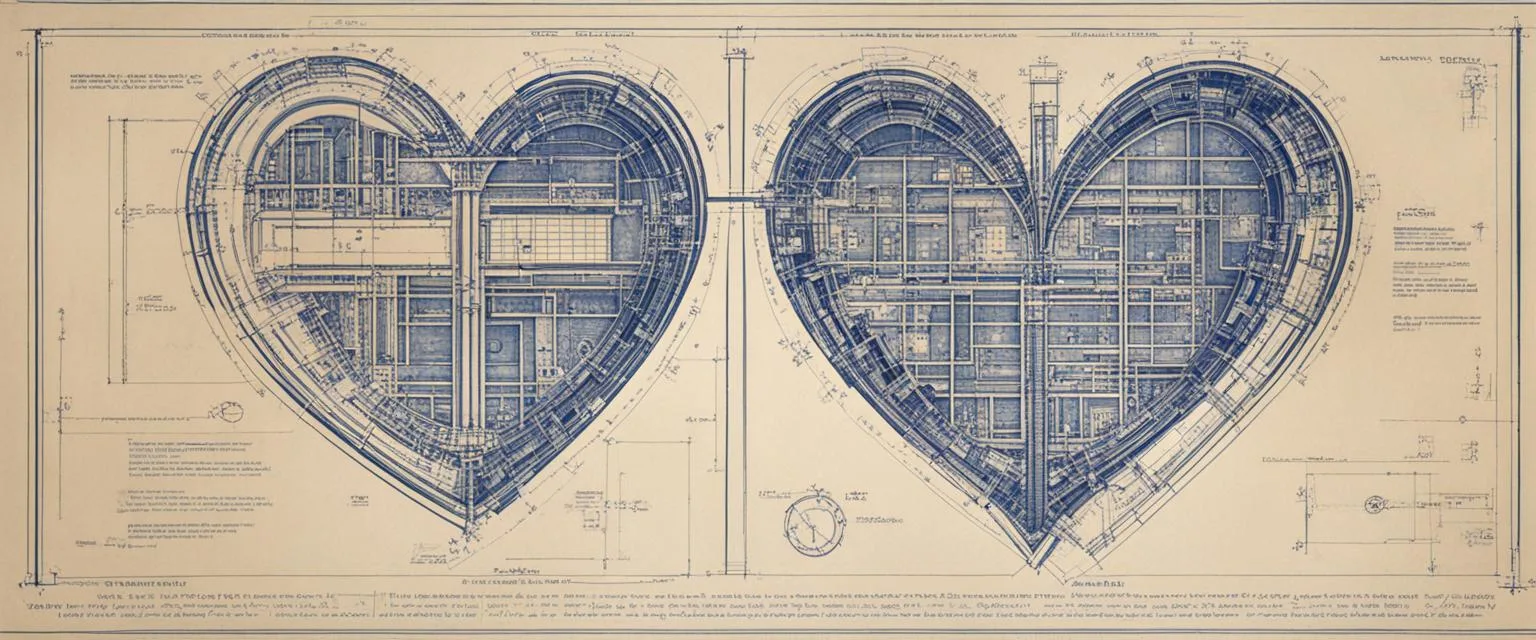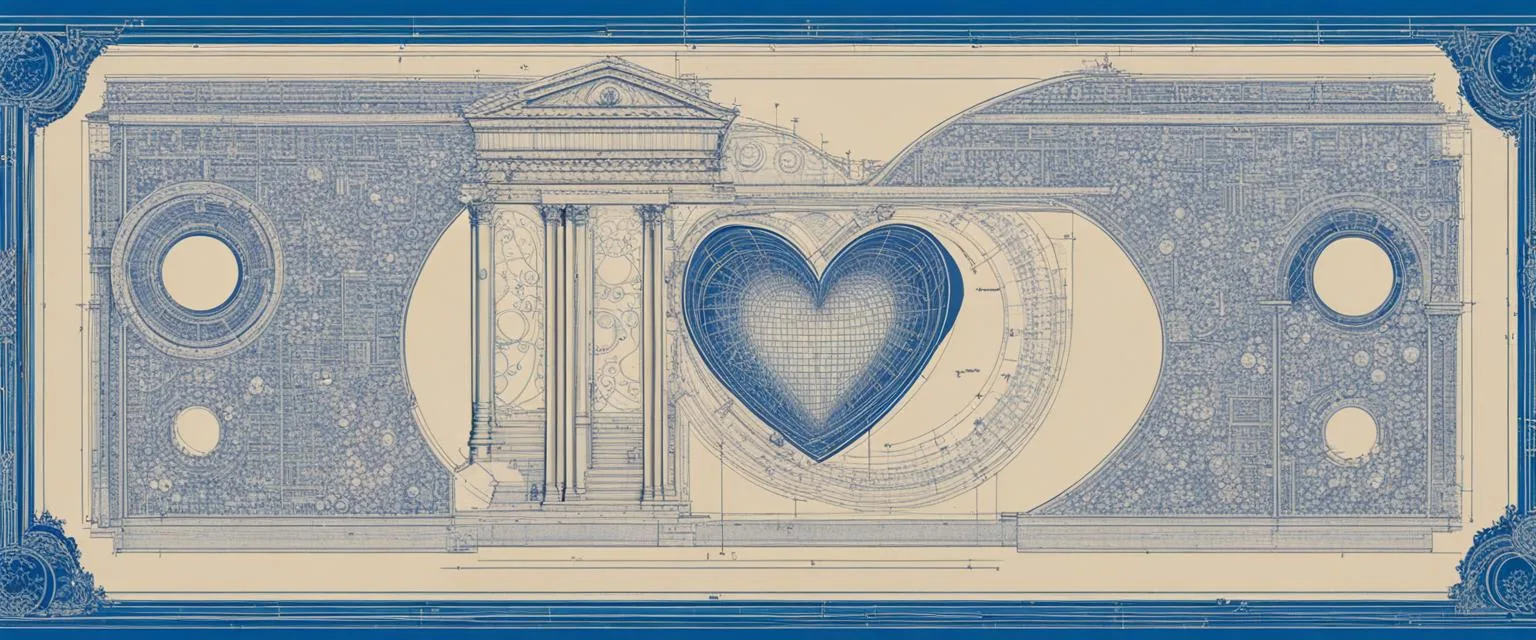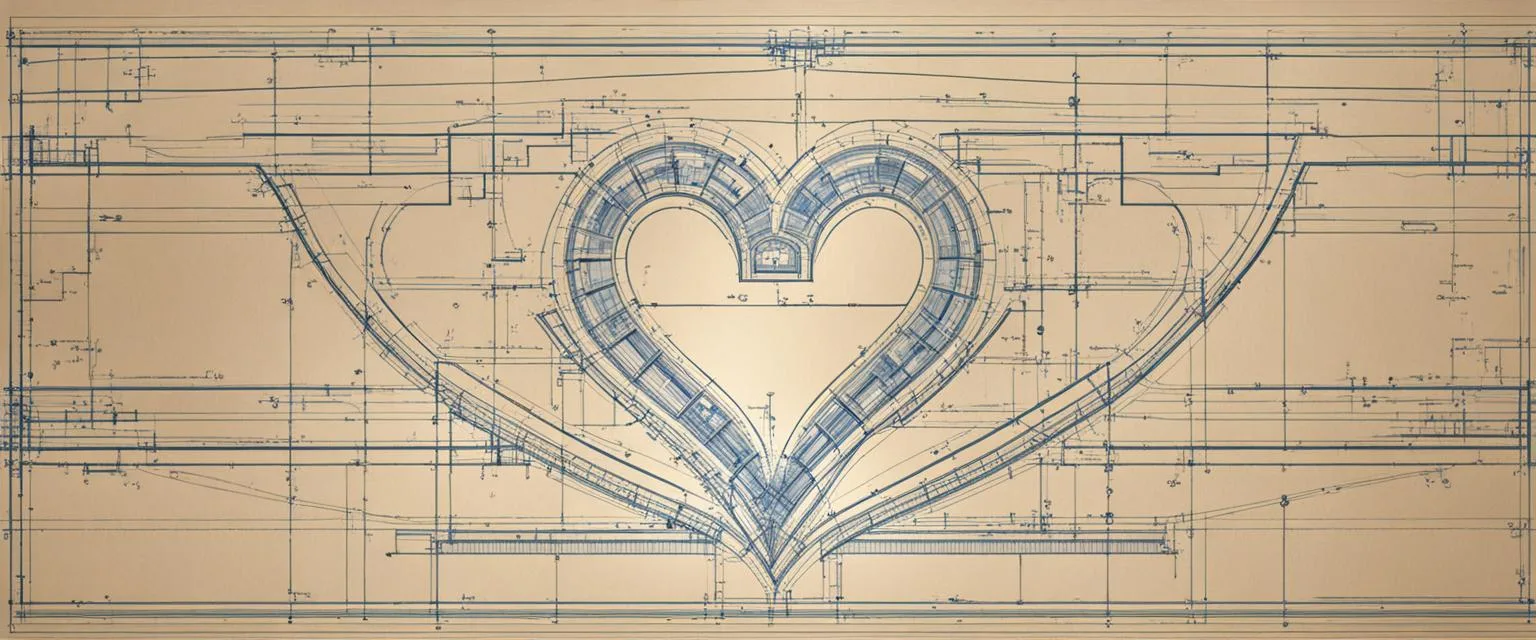
Love’s Blueprint: How Your Attachment Style Shapes Your Relationships
Embarking on a journey through the meandering pathways of love, we must first understand the blueprint that guides us—our attachment style. Like a hidden map, it quietly steers our interactions and the bonds we form. Let’s dive into the wellspring of our relational patterns, tracing their roots and examining their presence in the emotional ties we cherish. Our attachment style originates in childhood from our early experiences with caregivers. The nurturance and attunement we received (or lacked) shapes our inner working models about relationships. These models influence how we behave in relationships as adults, impacting how we connect with partners. Understanding our attachment style can illuminate why we’re drawn to certain people, how we express intimacy, and how we respond when relationships are threatened. Bringing awareness to these unconscious patterns allows us to move through the winding roads of love with wisdom, compassion, and intention.
Understanding Attachment Style
Attachment theory, a psychological model introduced by John Bowlby and Mary Ainsworth, provides profound insights into our connection with others, particularly our romantic partners. It elucidates why we behave the way we do when closeness, intimacy, and security are involved.
Here’s a quick overview of different attachment styles:
- Secure Attachment: Comfort with intimacy and independence.
- Anxious Attachment: Craving closeness and fearing abandonment.
- Avoidant Attachment: Valuing independence, often distancing from emotional closeness.
- Disorganized Attachment: A mixture of anxious and avoidant tendencies, often leading to confusion and inconsistency in relationships.

The Role of Attachment in Adult Relationships
Our attachment style is not just a childhood relic; it’s an active force in our adult romantic relationships. Early experiences influence how we perceive love, trust, and vulnerability.
The Impact of Attachment Styles:
| Attachment Style | Effect on Relationships |
|---|---|
| — | — |
| Secure | Fosters trust and balanced relationships. |
| Anxious | Can lead to clinginess and fear-driven actions. |
| Avoidant | Encourages emotional distance and self-reliance. |
| Disorganized | Results in unpredictable and conflicted behavior. |
Identifying Your Attachment Style
Recognizing your attachment style can illuminate your relationship dynamics. Let’s identify the features of each style:
Secure Attachment
- Comfort in both closeness and autonomy
- Effective communication skills
Anxious Attachment
- Constant need for reassurance
- Difficulty in trusting the partner’s feelings
Avoidant Attachment
- Preference for emotional independence
- Hesitation to commit deeply
Disorganized Attachment
- Mix of seeking and fearing closeness
- Struggle with maintaining stable relationships

The Interplay of Attachment in Love
The dance between partners with different attachment styles shapes the rhythm of a relationship. Here’s what that interplay might look like:
- When Secure meets Anxious: The secure partner’s consistency can soothe the anxious one.
- When Avoidant meets Secure: The secure partner can offer space and understanding, gradually pulling down walls.
- When Anxious meets Avoidant: A challenging pair, often caught in a push-pull dynamic.
- When Disorganized meets Any Style: Likely to have unpredictable outcomes, needing patience and efforts toward stability.
Navigating Attachment Styles in Relationship Challenges
Handling Conflicts Through Attachment Lens: – Secure: Approach with understanding and seek mutual resolutions. – Anxious: Be aware of the tendency to panic, seek clarity. – Avoidant: Remain conscious of withdrawal urges, stay engaged. – Disorganized: Strive for clear communication despite inner turmoil.
The Role of Communication: Effective dialogue is crucial in managing attachment-related issues. Understanding your partner’s attachment style can transform conflicts into opportunities for growth.
Music and Attachment : A Mirror of Our Attachments
Songs often capture the essence of our emotional bonds. The pop breakup songs that resonate with us may be reflecting our attachment styles, providing a window into our relational psyche. They can be therapeutic, helping us process and understand our attachment patterns.
Building a Secure Foundation in Love
Developing a more secure attachment style involves self-reflection and conscious effort. Here are some strategies to cultivate security in your relationships:
- Practice open and honest communication.
- Reflect on and break free from negative patterns.
- Engage in individual or couples therapy for deeper issues.
Regardless of your style, it’s possible to nurture and sustain a loving, fulfilling relationship.
Conclusion: Toward Healthier Relationships
Coming to terms with our attachment style is a pivotal step in nurturing healthier, more rewarding relationships. By unpacking the layers of our relational persona, we can pave the way to personal growth and forge connections that are not just enduring, but enlivening.
